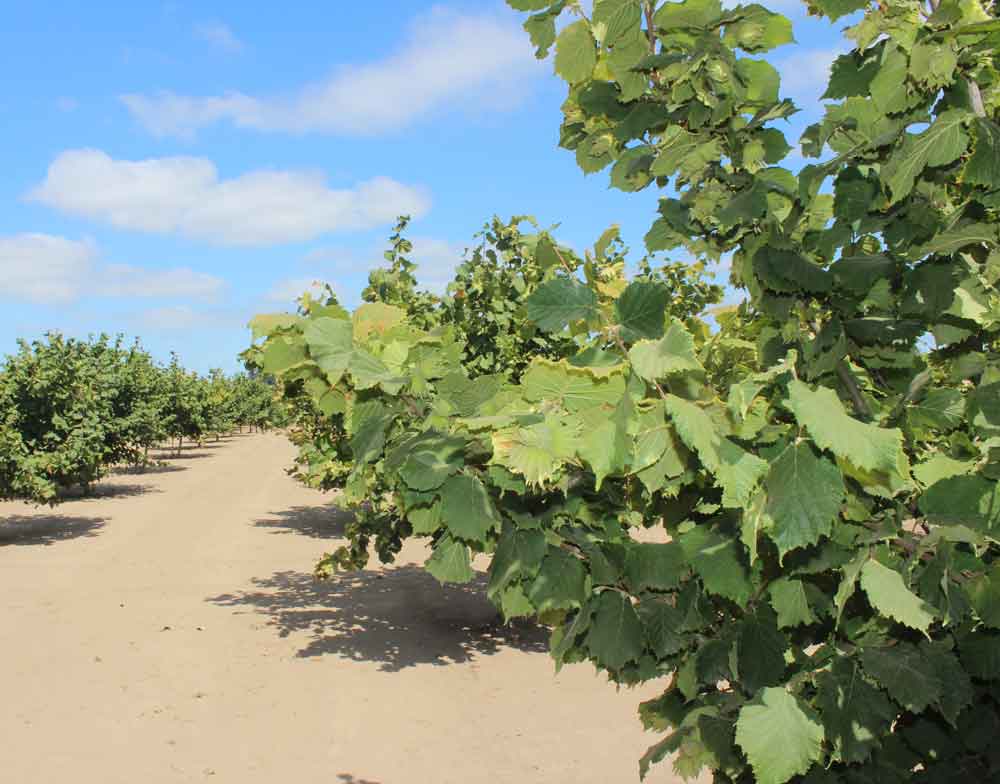Oregon hazelnut growers and farm managers have been notified that Pacific flathead borer (PFB) emergence is underway. Nik Wiman, extension orchard specialist and researcher at Oregon State University said over the past two years emergence has gone from the last week of May/first week of June through mid August.
Hazelnut growers have a number of viable management strategies for this pest in new plantings, he said.
One strategy is to maintain a contact insecticide residue during the flight period, which lasts until mid August. This residue will knock out adults and eggs. A second strategy is to apply systemic materials that may kill adults that feed on foliage, but primarily work by killing larvae as they bore into the trees’ cambium layer.
Wiman said the best strategy is to maintain optimum tree health including care to avoid trunk wounds, prevent of sunburn, irrigate to tree needs and control weeds. Stressed
trees are targets for borers and growers should scout for signs of stress.
It is also important to remove infested trees, as they are a source of new generations of PFB. Cut or diseased trees should be removed from the orchard.
Newly planted hazelnut acreage became the target of the Pacific flatheaded borer several years ago. Damage by this destructive beetle came to light two years ago as acreage was expanding.
Wiman said PFB is not a threat to mature trees, but will kill young trees. Populations of this pest are higher in foothill regions and orchards planted adjacent to forested areas seem to have more PFB infestations. Drought and water stress are also linked to PFB infestations.
Adult PFB are a quarter to nearly a half-inch in length, and are bronze or metallic in color. They are destructive in the larval stage. Female PFB lay their eggs in weak points of the tree. Sunburn, pruning wounds or cracks in the bark leave openings for egg laying.
Chemical control of PFB is difficult because the damage is done under the bark. Pesticide applications can prevent additional infestations, but do not affect the larvae already tunneling into the tree. Larvae may feed in one area and their tunnels can resemble a spiral as they girdle the tree and affect water uptake as cankers form at feeding sites and block nutrient and water delivery.
Wiman said some new registrations would be available this year to combat PFB, but not in time for this flight.












